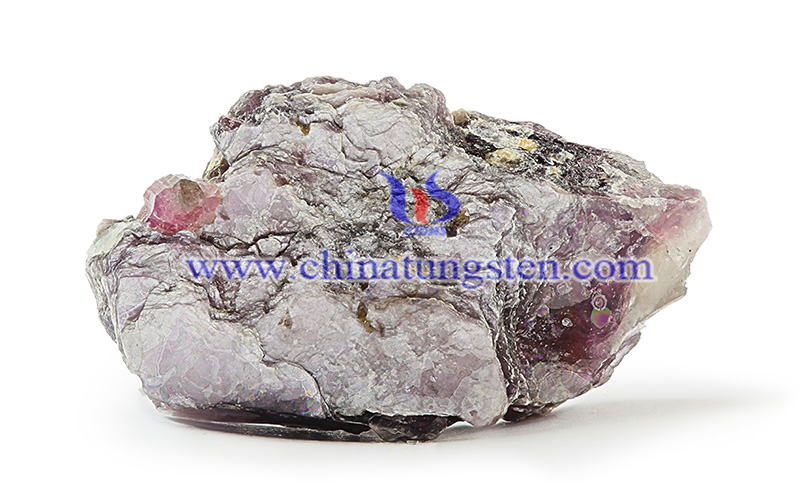China's Strategic Minerals Catalog Includes Rare Earth, Cobalt, and Lithium
- Details
- Category: Tungsten's News
- Published on Sunday, 22 November 2020 11:43
Rare earth, cobalt, and lithium are included in China's Strategic Minerals Catalog. There are 24 types of strategic minerals listed in the "National Mineral Resources Planning (2016-2020)" of the former Ministry of Land and Resources. Energy minerals are petroleum, natural gas, shale gas, coal, coalbed methane, uranium; metal minerals Iron, chromium, copper, aluminum, gold, nickel, tungsten, tin, molybdenum, antimony, cobalt, lithium, rare earth, zirconium; non-metallic minerals phosphorus, potassium salt, crystalline graphite, fluorite.
China is in a new era of development and is at a crossroads with its economic development plans and its newly announced commitment to consolidate the minerals industry. The country is the world’s leading producer and consumer of many minerals and metals that are in high demand and upon which the United States is highly imported dependent. Chinese current, 12th Five-Year Plan (2011-2015) and successive five-year plans anticipate rapid urbanization, a rising middle class, and increased product manufacturing of high-value, high-quality goods and increased consumption.

China is the world’s leading producer and consumer of many minerals and metals that are in high demand in the United States and on which the United States is highly import dependent. In the near future, the country anticipates rapid urbanization, a rising middle class, and increased product manufacturing of high-value, high-quality goods and increased consumption.
Materials such as the platinum group metals (PGMs), niobium, tantalum, manganese, and cobalt are heavily imported by the United States and China. Over the past several years there has been some concern in Congress that our country was trying to “lock up” long-term supplies of raw materials, particularly iron ore. Long-term contracts have been established for some imports, but for others, Chinese companies have made equity investments or entered joint ventures in order to secure needed resources.
China is a relative newcomer to the global mining stage, but in recent years, under its “go global” policy, the country has become much more aggressive in pursuing raw materials from all over the world. The mining industry consists of many small and fragmented companies. The Chinese government seeks to consolidate its mining industry, eliminating obsolete and inefficient capacity and has announced specific consolidation goals for certain sectors.
Society has begun to develop vigorously renewable energy (RE). As a result, concerns about the availability of critical minerals used in RE systems have been raised. The Chinese government has proposed that rare earth producers be merged into six firms: Boatang Group, Chinalco, Minmetals Rare Earth, Ganzho Group, Fujian, and Guandong Rising Non Ferrous Metals. Iron and steel consolidations would likely involve the large players such as the Baogang Group, Hebei Iron and Steel Group, Tangshan Iron and Steel, and the Ashan Iron and Steel Group. Chinalco is a dominant firm in the aluminum and alumina sectors. Other major players in aluminum include China Power and Investment Group and the Xinjiang Nongliushi Aluminum Company, Ltd.
Scholars such as Chen Congxi identified 35 kinds of high-tech minerals, including 17 rare earth metals, platinum group elements as strategic minerals, chromium and boron, graphite, fluorite, high-purity quartz, etc. There are 6 kinds of non-metallic minerals, and 2 kinds of radioactive elements uranium and thorium.
- Rare Earth Manufacturer & Supplier, Chinatungsten Online: www.chinatungsten.com
- Tungsten News & Prices of China Tungsten Industry Association: www.ctia.com.cn
- Molybdenum News & Price: news.molybdenum.com.cn
- Tel.: 86 592 5129696; Fax: 86 592 5129797; Email: sales@chinatungsten.com



 sales@chinatungsten.com
sales@chinatungsten.com